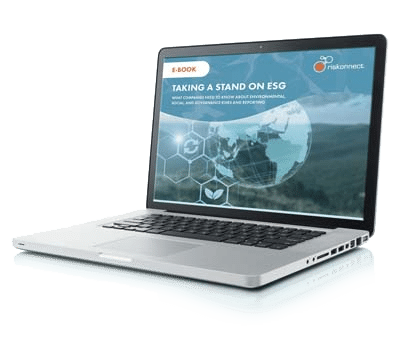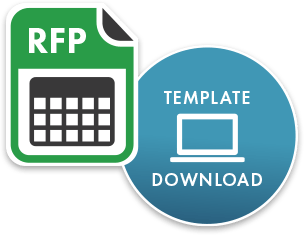Are You Able to Manage ESG Risks with Transparency and Efficiency?

Demands for increased transparency and sustainability will require us to report and manage well beyond the four walls of our own companies. Forward-looking companies are tracking top-to-bottom ESG risks and impacts through their entire supply chains – all the way down to products and materials.
To meet this urgent need, you must be able to pull relevant information together quickly and consistently – in a way that’s flexible enough to adapt to evolving ESG compliance and reporting standards.
E-Book: Taking a Stand on ESG
Heightened interest in ESG means heightened risks – so companies need to treat ESG reporting like the urgent, integrated effort that it is. Failure to act may result in significant financial or reputational damage.
Download this e-book to learn what ESG is, what the risks are, and how to begin reporting so you can prepare for what may be headed your way.
What’s inside:
- What is ESG?
- What Risks Are Associated with ESG?
- How to Report on ESG
- What Risk and Compliance Leaders Can Do Now to Prepare for ESG Reporting


RFP Template: ESG
No company can stay on top of ever-growing ESG-related risks — risks that extend through the entire supply chain — without the right technology. Selecting an ESG solution, however, can be a daunting process – and an RFP is critical to finding the right partner.
Riskonnect is often asked about the best questions to include in an RFP. This document contains our collection of the most critical ESG-related questions to help guide your purchase process. The questions are presented in a downloadable spreadsheet, which can be modified to suit your own needs.


